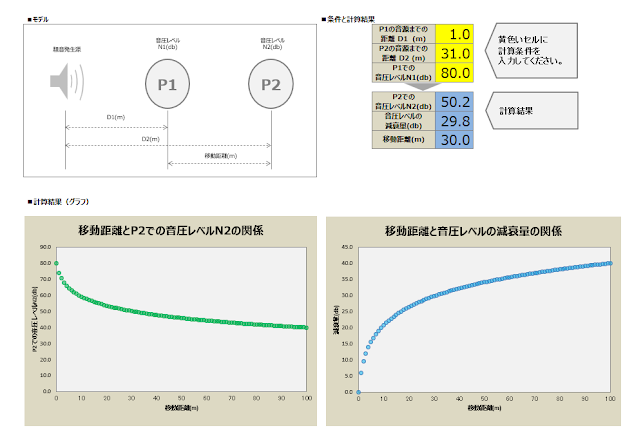Q. How Does Excessive Noise in Classrooms Affect Children?
In my previous entry, I discussed the impact of classroom noise on the community. (For more details, refer: https://childrennoiseissueggrh.blogspot.com/2023/06/q-how-does-noise-affect-peoples-health.html) However, I began to wonder, "While it may not directly affect the health of individuals living 30 meters away from schools, could constant exposure to noise levels exceeding 70 decibels be dangerous for children?" This entry delves into how classroom noise can potentially affect the well-being of children themselves.
The Japanese Ministry of Education recommends that classroom noise levels should be 50 decibels or less. Unfortunately, a study conducted by the Shiga University of Medical Science found that a first-grade classroom in an elementary school in Shiga prefecture had an average noise level of around 80 decibels.
An 80-decibel noise level is relatively high, approaching the 85 dB limit set by official organizations such as NIOSH (National Institute for Occupational Safety and Health) and OSHA (Occupational Safety and Health Administration) as the maximum time-weighted average (TWA) limit for human exposure exceeding 8 hours per day.
Noise-induced impairment during early childhood development and education can have long-lasting effects on academic achievement and overall health. Numerous studies and statistics examining the effects of chronic exposure to aircraft noise on children have consistently shown that:
Noise exposure detrimentally affects cognitive performance.
There is a consistent association with impaired well-being and, to a slightly lesser extent, motivation. Moderate evidence indicates effects on blood pressure and the secretion of catecholamine hormones.
It is evident that remaining in such environments can pose risks to children. Therefore, I believe it is crucial to find solutions that reduce classroom noise levels for the well-being of both the children and the community.
Published by Rina
Source
"【参考】学校環境衛生基準(平成30年文部科学省告示第60号)溶け込み版", Japanese Ministry of Education, Culture, Sports, Science and Technology, Published Mar 30, 2018 (https://www.mext.go.jp/content/20201222-mxt_kenshoku-100000613_05.pdf), Accessed July 12th, 2023
"小学校教室内の音環境の調査", Shiga University of Medical Science, Published Jan 2002, (http://www.shiga-med.ac.jp/~hqpreve/kyouiku/socmed_fw/pdf/2001/2002_1.pdf), Accessed July 12th, 2023
Noise and Occupational Hearing Loss | NIOSH | CDC. (n.d.). (https://www.cdc.gov/niosh/topics/noise/default.html), Accessed July 13th, 2023
Occupational noise exposure - Overview | Occupational Safety and Health Administration. (n.d.). (https://www.osha.gov/noise), Accessed July 13th, 2023
World Health Organization: WHO. (2010). Noise. www.who.int. (https://www.who.int/europe/news-room/fact-sheets/item/noise), Accessed July 12th, 2023


Comments
Post a Comment